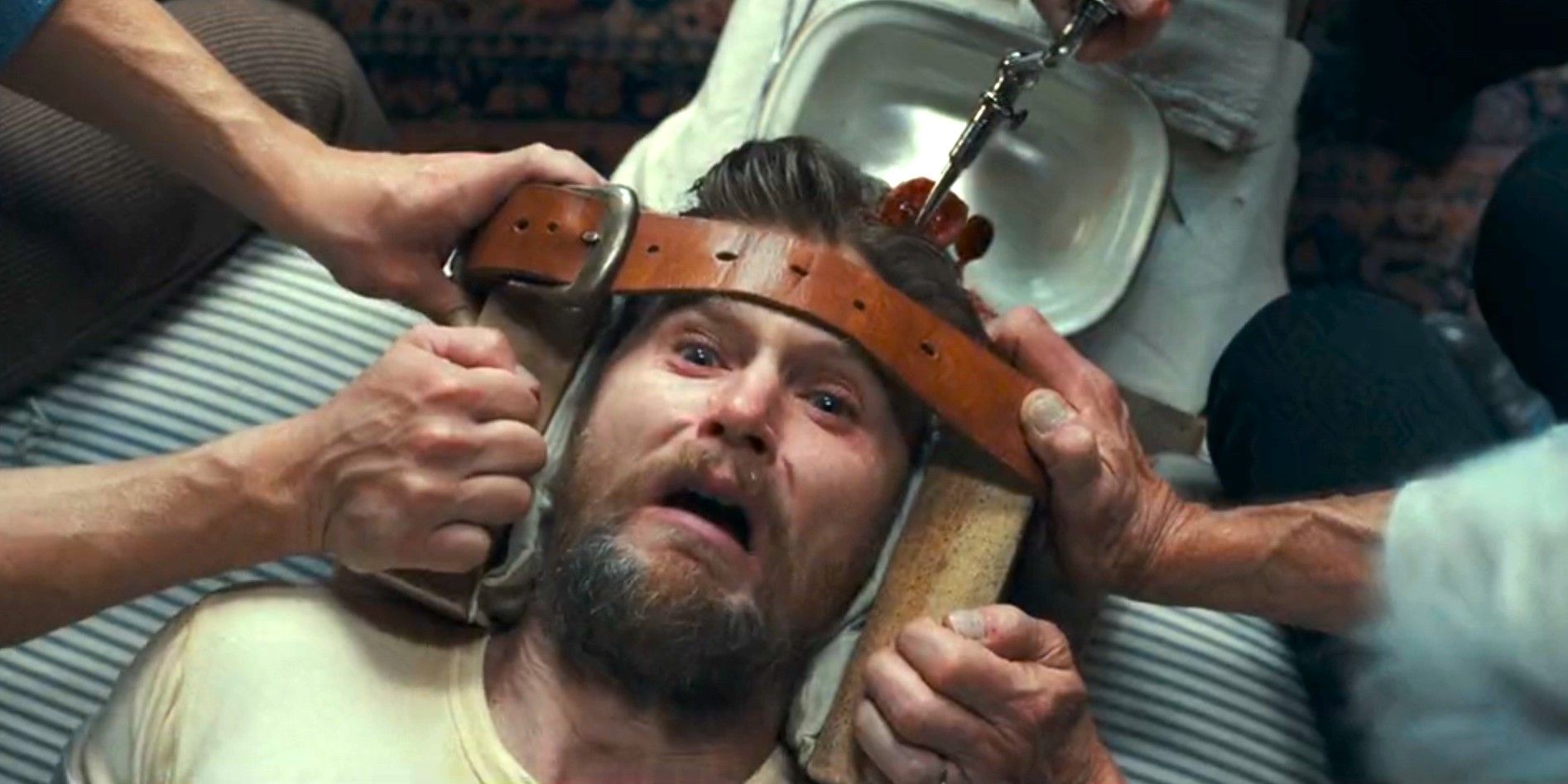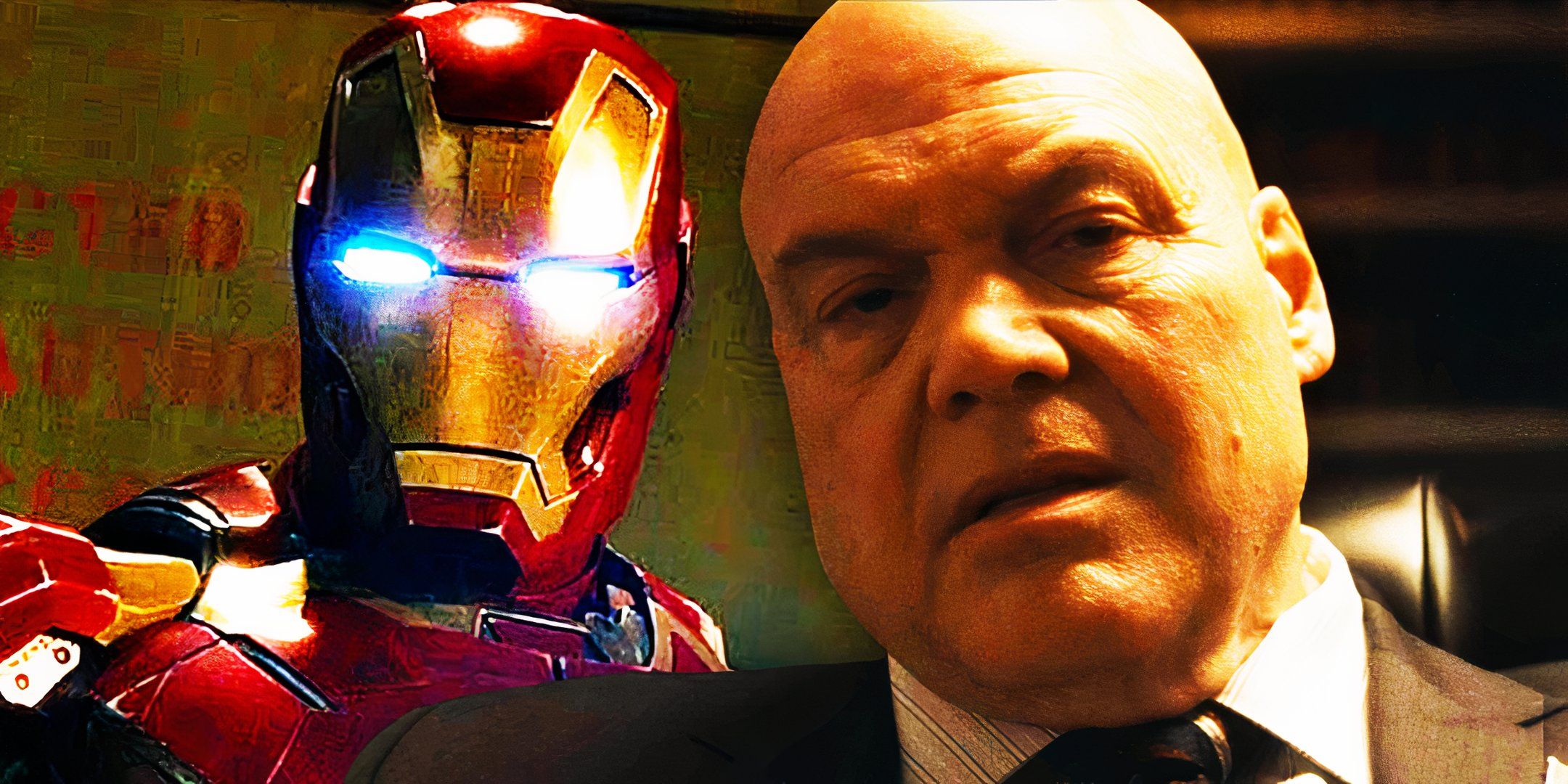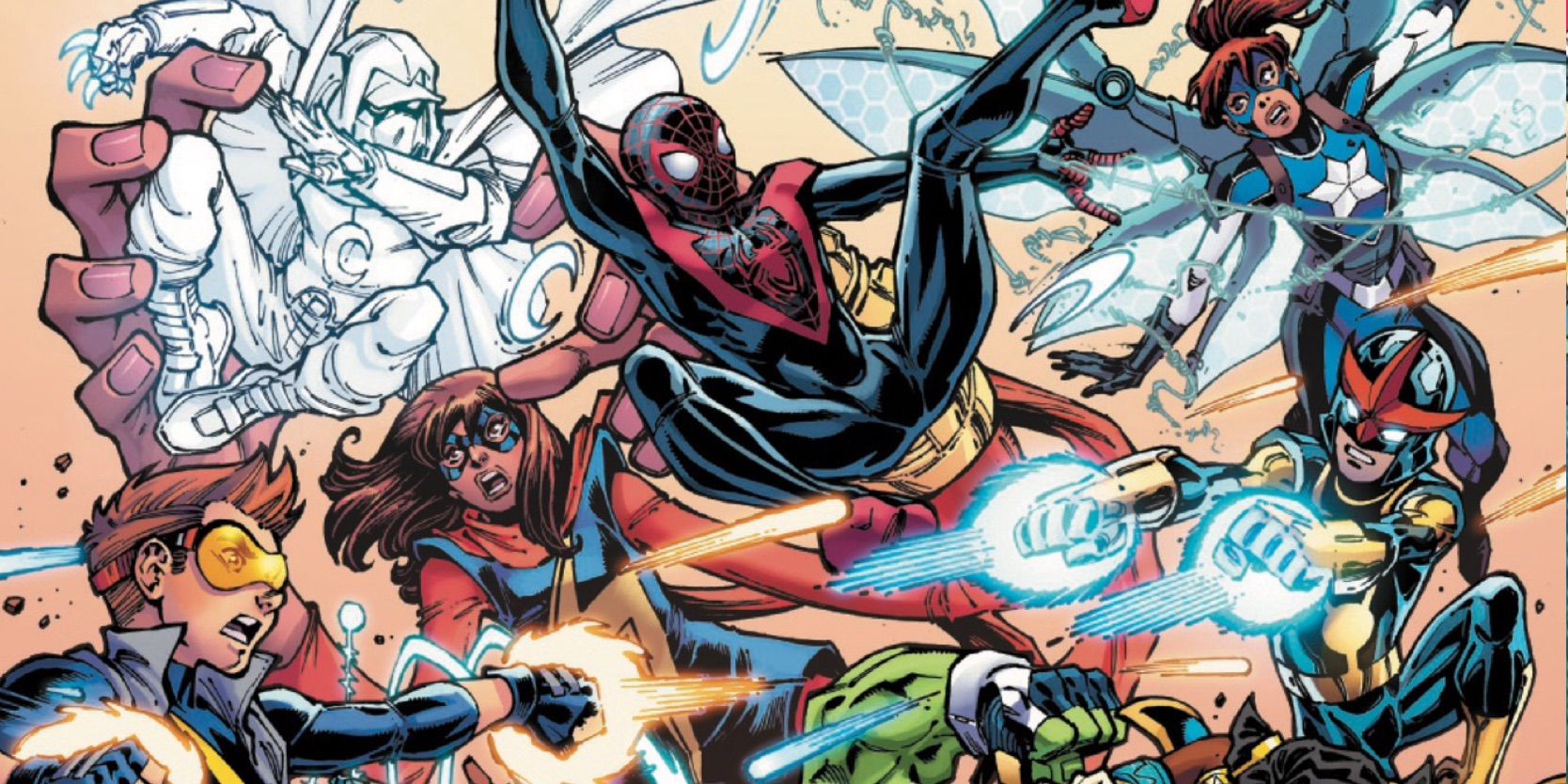Why The Nosferatu Remake Did Not Include One Key Element That Helped Define The Original Movie
The 2024 remake of Nosferatu, directed by Robert Eggers, made a notable departure from the original 1922 film in one key way. Director F.W. Murnau's Nosferatu, an unofficial adaptation of Bram Stoker's Dracula, is known for its eerie depiction of the vampire, Count Orlok, whose monstrous appearance and supernatural powers haunt the unsuspecting visitors of his castle. While the original version was filmed entirely in black and white, Eggers’ Nosferatu remake opted for a full color palette, albeit with natural lighting and expressionistic style.
In a recent interview with The New York Times, Eggers explained that his decision not to shoot the film in black and white was rooted in his vision of leaning into romanticism rather than expressionism. Despite the technical constraints of early cinema, the 1922 short achieved its eerie atmosphere through its stark black and white contrast, whereas Eggers sought for the atmosphere of the remake to be enhanced through the use of color. Check out what Eggers said regarding his choice below:
I never wanted to. It’s romanticism, not expressionism — and it’s been done very well in black and white before! Obviously, it’s a very desaturated movie, and I think some scenes have a kind of strength in expressing a colorless world, in color. But also, even if I wanted to, that’s too expensive. Budget’s too high. Studio can’t do all its TV deals.
What This Means For Eggers' Nosferatu Vision
It Offered A New Way To Deliver The Mood Of The Story
Eggers’ choice to swap black and white cinematography for color represents a departure from the visual style that became synonymous with early horror films. The original Nosferatu relied heavily on the interplay of shadows and light, elements that were amplified by the monochromatic format. By choosing to shoot in color, Eggers shifts the narrative away from expressionism and into a realm where color can serve as an additional tool for evoking mood and tension.
From a production perspective, Eggers' decision also reflects modern filmmaking capabilities. Today’s technology allows filmmakers to capture color in ways that enhance the dramatic effect of scenes, and a color palette can bring out subtle details in the set design, costumes, and makeup. For Eggers, this approach offered the chance to convey the mood of the story without fully adhering to the aesthetic of the original Nosferatu.
Related Why Nosferatu Was Banned & Almost Disappeared Completely (& Why Robert Eggers' Remake Is Happening Now) While 2024's Nosferatu is one of the most anticipated horror films of the year, the original movie did not receive the same sort of reception.
While filming in black and white may have once been the cheaper option, Eggers' mention of budgetary concerns for that style makes sense given he has previously explored the format with the 2019 psychological horror movie, The Lighthouse. Though that film cost a minuscule $11 million compared to Nosferatu's $50 million budget, it did also have a much smaller scale compared to his vampire remake, filming over just a month primarily in one location. With the expansive scope of Nosferatu, it seems possible the movie would not only have cost far more, but would also be trickier to market.
Our Take On Nosferatu's Visual Changes
Close
Eggers’ decision to film Nosferatu in color reflects his thoughtful and deliberate approach to reinvigorating a classic. By stepping away from black and white, he has crafted a version of the story that speaks to contemporary sensibilities while still retaining the core of what made the original groundbreaking. His decision may be controversial among viewers, but it also serves as a reminder that Nosferatu remains a work open to reinterpretation. In embracing color, Eggers continues the film’s legacy of innovation and relevance, ensuring it remains a powerful force in the horror genre.
Source: NY Times











COMMENTS